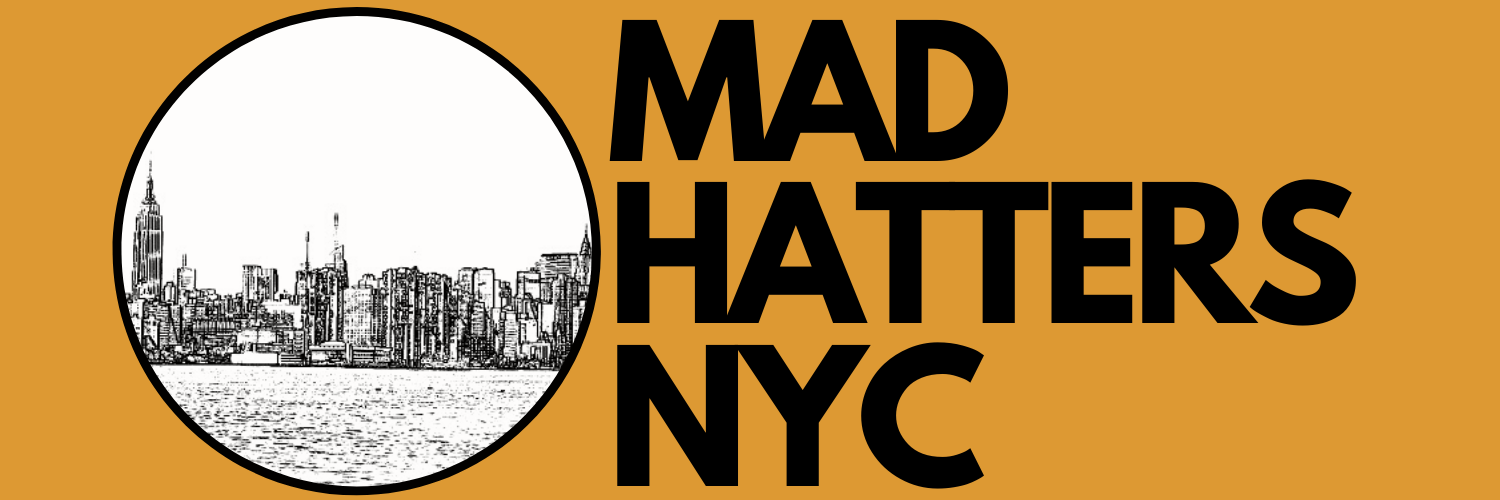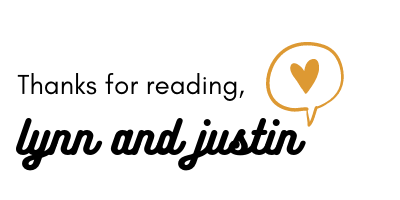Bowery Wall Mural: Why You Should Visit this NYC Icon
If you’re a street art lover, New York City is the gift that keeps on giving. You could turn the corner and find a giant mural of Mickey Mouse, or you could look down and find sidewalk art that’s perfect for your Instagram shoe-fie. Come back the next day, and you might find something completely different. Street art is fleeting in nature, and that’s part of its charm. But can you have something temporary, yet permanent? Something so iconic that it transcends street art’s evanescent nature? Yes, you can. In New York City, that phenomenon exists with the Bowery Wall Mural.
It all began with Keith Haring
Replica of Keith Haring's 1982 Bowery Mural, reproduced in 2008. Image courtesy of Deitch.com.
The Bowery Mural Wall is a large space on the northwest corner of Houston Street and Bowery in Manhattan’s downtown. The spot earned its place in history when Keith Haring, an up-and-coming artist at the time, painted a mural there in 1982. The wall was acquired by the Goldman family but due to its storied history, the family decided to pledge the space as a public outdoor gallery. In 2008 Goldman Properties tapped Jeffrey Deitch, who was already a major player in the art scene, to help them curate the wall. On what would've been Keith Haring’s 50th birthday, a replica of Haring's original piece debuted in the space.
From that point on, a rotating gallery of artists have graced the space. Such famous names as Brazilian brothers OsGemeos (2009), artist and OBEY founder Shepard Fairey (2010) and French wheatpaste artist JR (2011, 2018) have been on display. In March 2018, Banksy--another name that’s recognizable well beyond the street art community--took over.
Art speaks louder than words
Street art and socio-political commentary often go hand-in-hand, and all the more so here. The Bowery Wall isn’t just substantial in size, it’s also in a highly-trafficked spot. It functions as the proverbial soapbox from which the artists speak truth to power. Ron English’s 2015 mural offered pointed commentary about American consumerism. Banksy’s 2018 mural protested the imprisonment of Turkish artist, Zehra Dogan.
By 2011, JR had already received much acclaim for controversial projects like Portrait of a Generation, an illegal exhibition in his home city of Paris which challenged racial stereotypes. His Wrinkles of a City project earned him global notoriety when his portraits of aging locals exhibited in cities like Cartagena, Shanghai and Havana. In 2011, JR’s Inside Out Project invited subjects to become storytellers by using black and white photographic portraits to share their tales from all over the world. A Native American Lakota tribe decided to participate, and the artist highlighted their story by turning it into a massive installation in New York City. The JR Bowery Mural featured a pair of squinting eyes, with tribal facial markings in full view.
JR x TIME Magazine “Guns in America” Bowery Wall Mural captured in October 2018
In October 2018, JR returned to the Houston Bowery Wall with a TIME Magazine collaboration addressing gun violence. (The publication also also placed the artist on its list of 100 most influential people that year.) To prepare for the new Bowery Wall Mural, JR traveled to St. Louis, Washington DC and Dallas to capture arguments and counterarguments on the issue. He spoke to 245 people with differing points of view, then created a black and white composite of all those interviewed to create an image evoking a debate. The mural made the cover of TIME Magazine for November 2018, which was a double issue on gun violence.
It was also the first time the Bowery Mural became interactive, with a prominent QR code featured. Scanning the code took you directly to TIME’s Guns In America website where you could read articles, watch videos and participate in the debate. In an unfortunate turn of events, just hours after JR’s mural debuted on the Bowery Wall, the Tree of Life Pittsburgh synagogue shooting occurred. The mural was immediately tagged with a crimson “11”, the number of lives lost that day.
Different strokes for different folks
The Bowery Wall isn’t special just because it’s a slice of New York City history, or because it was one of the earliest spaces to give graffiti artists a legal space to display their work. It’s also a uniquely large canvas in a city where space is a rare commodity.
Tristan Eaton’s "Intermission" Bowery Wall Mural captured in July 2018
In 2018 Hollywood-born artist Tristan Eaton--who is also behind the infamous Audrey Hepburn mural in Little Italy--used the space for one of his signature pop art murals. His designs have a heavy toy and comic book influence, thanks to his experience in those arenas. He is one of the few artists who spray painted the entire mural freehand. Eaton wanted to pay his respects to the beginnings of graffiti as an art form, so he chose to keep things raw. The mural took almost a week to complete.
Logan Hicks’s "Story of My Life" Bowery Wall Mural captured in September 2016
Logan Hicks, on the other hand, is known for his creative use of stencils. For his 2016 Bowery Mural called “Story of My Life”, he wanted to capture the 10 years he’d been living in New York City. Those years were best represented by the people in his life, so he invited his friends and family to walk down a street in SoHo and he took thousands of photographs to create a composite image. That image was then used to create the stencils for his mural. Due to the size of the wall, Hicks created 1,050 stencils in total to achieve the multilayer effect he wanted.
Is street art becoming too commercial?
The prominence of street art as an emerging art form and its elevation into the public consciousness has fractured its loosely associated community of artists. Battle lines have been drawn between supporters and detractors. On the one hand, you have artists who view the commoditization of the medium as an inevitability, and are looking to make a living out of their craft. Still others have joined the fray principly to rebuff blatant exploitation by commercial interests. And, of course, there are still many artists and fans who interpret street art quite literally as the “word of the street”. And for them, the emergence of street art as a pop culture lightning rod--and street artists as celebrities--is sacrilegious.
These skirmishes have played out on the Houston Bowery Wall as well. Shepard Fairey’s 2010 mural incorporated an exterior layer that was affixed to the wall and included, among other things, his signature Andre the Giant image and Communist propaganda-esque aesthetic. But it also--ironically or unironically, depending upon who you ask--included a human silhouette target. Within hours of completion, local street artists embraced that symbol and the overall message of free speech by tagging over the mural. This early onslaught was followed by a deluge, and eventually, a large section of the mural was torn away, revealing the work of OsGemeos underneath. Many saw the action as disapproval of Fairey’s celebrity and the commercialization of street art. The mural went up in April 2010 to promote the artist’s upcoming solo exhibition at Bowery Wall curator Jeffrey Deitch’s gallery.
London artist @LakwenaMaciver's "Lift You Higher" mural went up earlier this month at Bowery & Houston in NoHo. 🎥: @ChopEmdownfilms pic.twitter.com/c2WXN5FbYF
— NYCgo: the Official Guide to NYC (@nycgo) October 20, 2017
Another Bowery Mural that brought this issue into question was its participation in a coordinated #KindComments campaign run by social media giant Instagram. Launched in 2017, the global initiative involved decorating city walls with positive messages. Instagram then encouraged people to snap a photo or video in front of the wall, and share the #KindComments with their followers. Goldman Properties tapped London artist Lakwena Maciver to decorate the space. She filled it with a colorful mural featuring the text “Lift You Higher”. In an interview with Paper Mag, Maciver was asked about balancing her art with such a commercial endeavor and she said, “It's really difficult. Back in the day, it's historically artists who have patrons. The people in power are on the walls, which is not in a negative way. There are various people who have investment and ownership. It's important to be able to have your voice in that context, but you find a way.”
Every action has an equal and opposite reaction
However, the lines of communication go both ways. New Yorkers are known for being outspoken, which has led to controversy over the years. Take, for instance, the scuffle surrounding the Bowery Wall when David Choe put a mural up in 2017. David Choe has a somewhat checkered past that includes being arrested in Japan and subsequently being banned from returning to the country. But the artist is probably most well known for being tasked by Mark Zuckerberg to decorate Facebook’s office in 2007, which he did in exchange for Facebook stock. Accepting stock was unheard of for a mural artist, but his bet paid off. It’s rumored that his stock was valued at $200 million when social media giant’s IPO went live in 2012.
David Choe's mural this morning on Houston & the Bowery... pic.twitter.com/fGF09UM3dO
— evgrieve (@evgrieve) June 14, 2017
Choe’s Bowery Mural was almost immediately defaced, but it wasn’t a statement about the artist “selling out”. The violent reaction came in response to a story the artist told on a podcast several years prior about sexually assaulting a masseuse. Continued vandalism and ongoing protests resulted in the mural being completely whitewashed less than two weeks later. David Choe later issued a statement on Instagram where he stated, “In a 2014 episode of DVDASA, I relayed a story simply for shock value that made it seem as if I had sexually violated a woman. Though I said those words, I did not commit those actions. It did not happen. I have ZERO history of sexual assault.”
A big pause… and then it’s back again
Tomokazu “Matzu” Matsuyama’s Bowery Wall mural captured in September 2023
In late 2021, California artist David Flores was commissioned for the iconic space, and in typical fashion, his mural was tagged over shortly after. The work is often repaired; however, curator and co-chair of Goldman Properties, Jessica Goldman Srebnick, decided to place the wall on pause instead. In a lengthy Instagram post, she expressed disappointment that the sacred space was violated. Both sides of the argument played out in the comments: support for the commissioned artists and protection of their work, and support for graffiti artists and their purpose. The wall sat as an unsightly mess of graffiti for almost two years, until Japanese artist Tomokazu “Matzu” Matsuyama decided to do something about it. In a rebuke to the wall’s decline, he put up an installation featuring 30 colorful portraits in September 2023. It’s not his first time on the iconic Bowery Wall, he was commissioned for a piece in 2019. It remains to be seen where the wall goes from here.
Conclusion
In a city of superlatives, it’s easy to take much of what New York City has to offer for granted. But if you pay attention, there are ties to so many key moments, events, and developments in our collective history. When you pass by the Bowery Wall, it’s nice to take a moment to acknowledge and appreciate those that came before, and how lucky we are that they did.







